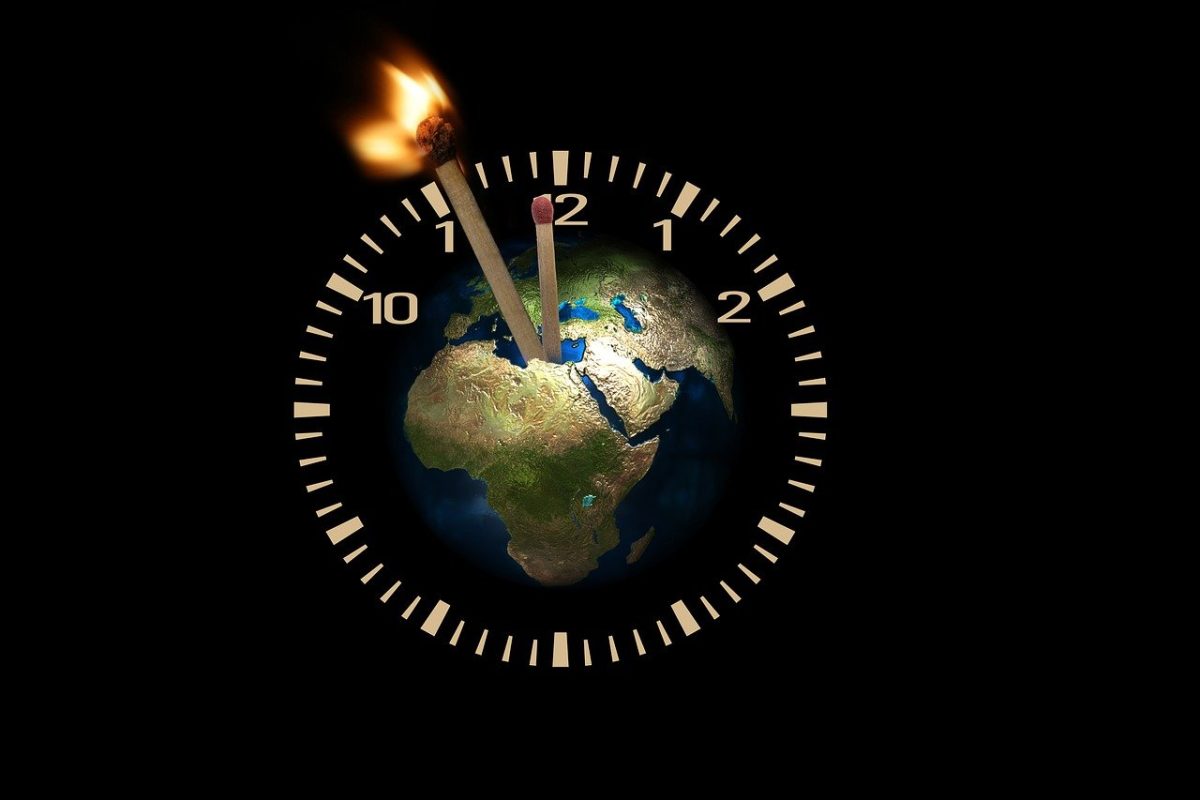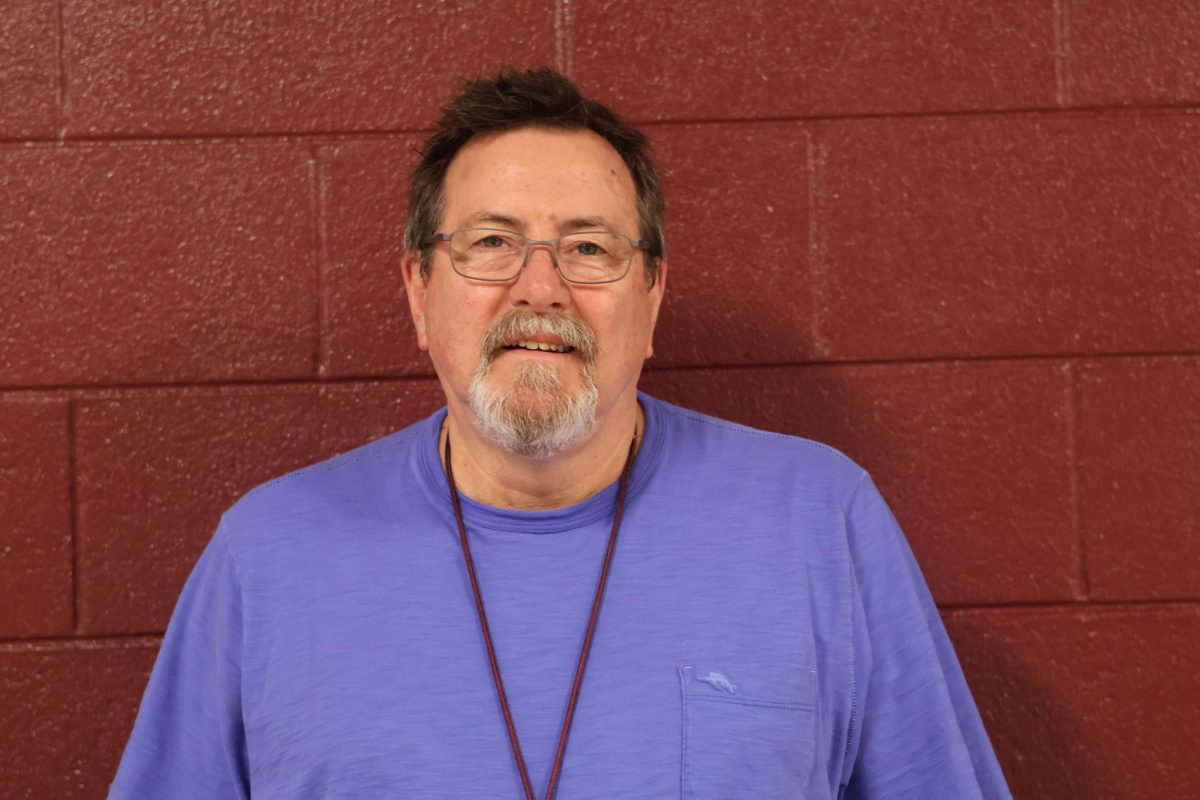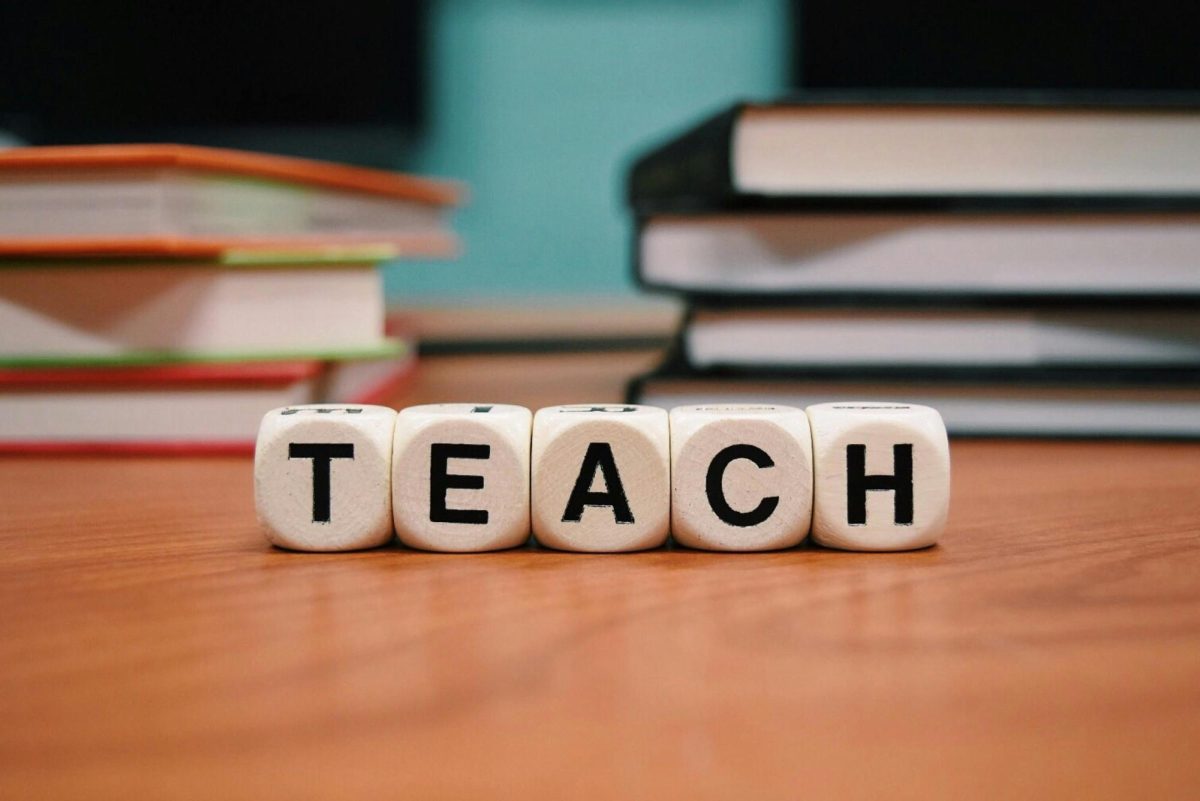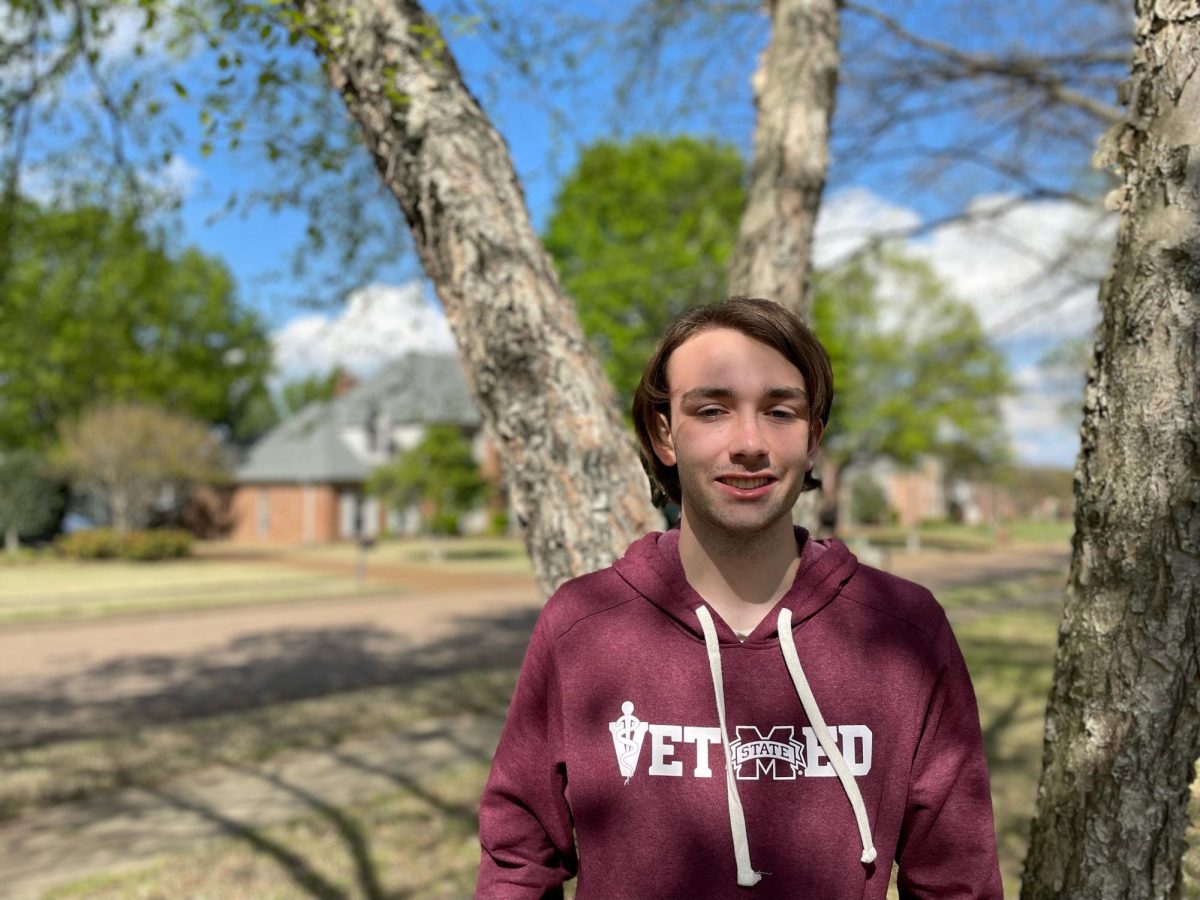Current climate change has shown an increase is warmth with some locations showing heat rising by 1 degree Fahrenheit or more per decade, but what is being done to stop this?
United Nations:
The United Nations is a key player in the efforts with coordinating international efforts through the UN Framework Convention on Climate Change (UNFCCC). What does the UNFCCC do? Glad you asked. The UNFCCC primary goal is to control the level of greenhouse gas concentrations in the atmosphere at a level that prevents dangerous exposure to humans. While it doesn’t set specific targets, it provides a framework for international negotiations and agreements, leading to later agreements like the Kyoto Protocol and the Paris Agreement. The UNFCCC has decreased the rate of annual emissions by a whopping 22% compared to 1990 levels. However, even with these reductions, current commitments under the Paris Agreement are projected to only decrease emissions by 10.6% by 2030 compared to 2010 levels, which falls short of what’s needed to limit warming to 1.5°C. To make up for this we have the World Wildlife Fund (WWF).
World Wildlife Fund:
The WWF works to keep the natural world for the benefit of people and wildlife. It focuses on protecting endangered species, preserving habitats, and promoting sustainable practices to ensure a healthy future for the planet. What does the WWF do for climate change? The WWF works to combat climate change through various initiatives, including advocating for policy changes, supporting the transition to renewable energy, and working with businesses and communities to create a climate-resilient, net-zero future. They also focus on implementing nature-based solutions at scale and promoting sustainable practices in areas like agriculture and forestry. The WWF has helped corporate members reduce their carbon emissions by over 100 million metric tons.
Conclusion:
The constant rate of climate change is increasing but it has not gone unnoticed.






